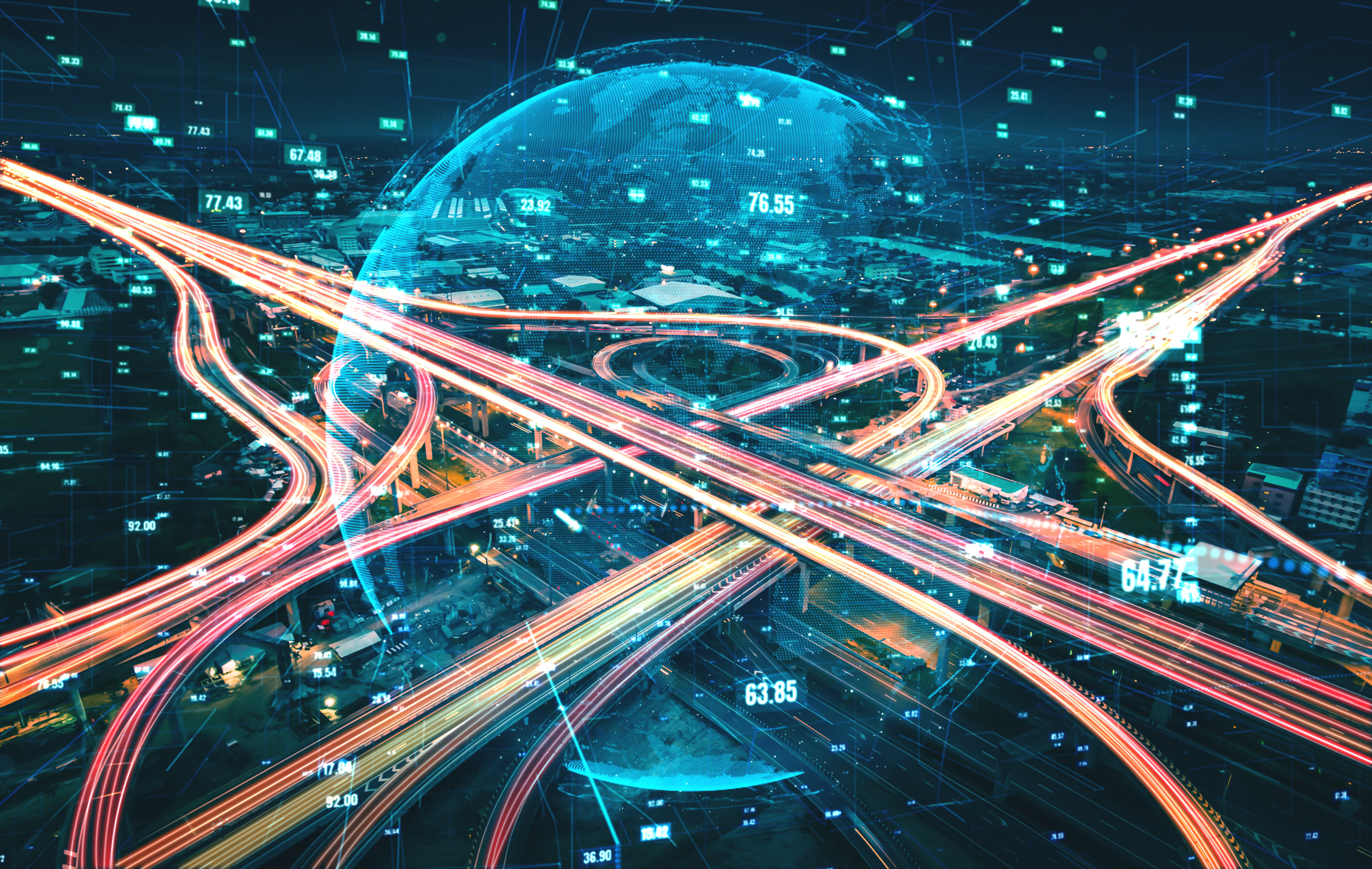
Intelligent Transport System Trends to Watch Out for in 2022
In 2022, traffic data analytics will play a crucial role in transport operations and transport planning. As smart cities continue to experience changes in road usage, urban development and transport planning, their city engineers must be aware of the newest trends. Here are the top 5 trends in intelligent transport systems for 2022:
Micro mobilityAs cities experience an increase in the use of smaller, personal modes of transportations, such as bikes and scooters, city engineers need to rethink how they allocate street space and ensure road safety for all users. It is important that planners consider the needs of all road users when designing new streets or traffic patterns. This may include installing bike lanes or traffic calming measures to ensure that everyone can travel safely. Data can also guide urban planners to ensure that pedestrians have enough time to cross the street safely before the traffic light changes. In areas where children or the elderly reside, allotting extra time to the cycle can have a significant positive impact on the road users.
Unfortunately, in making these changes, cities often rely on incomplete data. Accurate, real-time multimodal data helps smart cities take the guesswork out of planning.
Real-time Multimodal Data Analytics – For planning and monitoringIn 2022, real-time multimodal data analytics will be a key part of intelligent transport systems. By monitoring traffic data in real-time, transport planners will be able to make better decisions about traffic flow, road usage and congestion.
By using technology that leverages artificial intelligence, traffic management systems can now include information about multiple types of road users to reduce congestion and increase road safety. Solution providers now include automated traffic signal performance measures (ATSPM) to optimize the mobility, safety and efficiency of intersections. However, it can be difficult to interpret such a large amount of raw data. Bluecity is one of the few solution providers to offer analytics platforms to help interpret ATSPM data using easy-to-understand dashboards.
V2X and 5G Connectivity – Real-timeThe massive installation of 5G networks accelerates the exchange of data between traffic management systems, traffic lights and transport operators, connected vehicles and connected road users.
With this technology, traffic managers can receive alerts about accidents or slowdowns, allowing them to monitor traffic congestion in real-time and make changes accordingly to reduce traffic delays. This will help keep traffic moving and reduce the amount of time that people spend in traffic.
There are so many ways in which real-time connectivity can have a huge impact on traffic safety. Recently, a use case in Helsinki explained how lidar and data were connected to a dashboard in a vehicle, so that motorist could be alerted about road users that he could not see but were approaching quickly. The driver was prepared when the unseen cyclist suddenly drove into the intersection, avoiding a collision.
Better Transport Operations through AIPaired with lidar technology, an AI-based perception software classifies road users, analyzes speed and trajectories, and can provide detailed conflict analytics. Moreover, when integrated into the traffic control system, AI-based software can adjust traffic in real-time, making changes to traffic light patterns to improve traffic flow and reduce the number of close calls and accidents on the road.
Historically, traffic light timing was based on vehicles, but now that AI can detect different road users, decisions regarding actuated traffic signals can be based on all road users. If a pedestrian is waiting to cross, and there are no vehicles waiting, the traffic signal can change or be extended to give the pedestrian time to cross.
Data PrivacyCitizens are becoming concerned and critical about privacy invasion through the use of modern technology. In Europe, the Global Data Protection Regulation (GDPR) creates a new set of digital rights that enable individuals to control their personal data and how it is used.
When cities use video cameras to gather traffic data, they must indicate what will be done with the data as it captures people's faces and car license plates which are considered personal data. This is required by law to protect the privacy of citizens.
To avoid capturing personal data, cities are turning more and more towards other technologies such as lidar. Lidar is a technology that uses light in the form of a pulsed laser to detect and categorize objects and to create a representation of the surveyed area. Lidar is a non-contact method of measurement, which means that it does not disturb or damage the objects that are being measured. Moreover, it's completely privacy-friendly. This makes lidar an ideal technology for traffic data collection.
Traffic data plays a crucial role in traffic management systems to ensure that traffic flow is smooth and safe. In 2022, whether a city is investing heavily in smart city technology or aiming to achieve a net Zero goal (or both!), accurate multimodal traffic data collection will be an important step toward achieving its objectives.
Bluecity is committed to making streets safer for pedestrians, cyclists and motorists by offering municipalities and consulting firms a multimodal traffic data platform that combines lidar technology and artificial intelligence to capture real-time traffic data and provide ATSPM analytics to optimize intersections. We envision a world where traffic accidents are rare, driving to work is a pleasure and carbon emissions are reduced. To learn more about Bluecity's solution, visit our website





